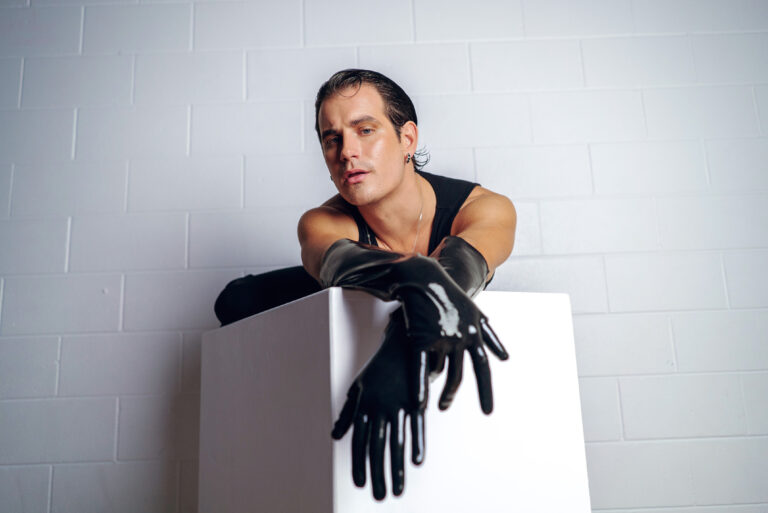How I teach attitude turns
Susan Jaffe at Princeton Dance and Theater School
Even wearing chunky platform shoes and black corduroy pants, Susan Jaffe is a portrait of ballet classicism. Standing in a tight first position at the barre, the former American Ballet Theatre prima ballerina commands attention—only in this instance her captivated audience is a group of leotard-clad teenaged girls. As Jaffe shifts her focus to her outstretched hand and reaches her torso through port de bras forward and back, they mimic her relentless posture and soft épaulement.
This is the 3 p.m. advanced class at Princeton Dance and Theater School in New Jersey, which Jaffe co-directed 2003– 2010 with former Dayton Ballet principal Risa Kaplowitz. Nestled in a bustling suburban shopping village, just an hour outside Manhattan, PDT has a joint acting studio and more than 200 students enrolled.
As a teacher, Jaffe blends all she learned about her own technique during her performance career with classical ballet’s legacy. And seven years after retiring from an extraordinary 22-year reign onstage, she relishes her offstage job in the studio.
This October, Jaffe will move on to a new role as ABT’s ballet mistress in Manhattan, where she will teach company class, coach soloists and principals and set repertoire on the company.
Though Jaffe was trained in a program based on the Italian Cecchetti syllabus, it was Irina Kolpakova, Christina Bernal and Nancy Bielski who most influenced the way she currently teaches. “I’m a mutt,” says Jaffe. “Kolpakova, who was the last student of Vaganova, taught the coordination of épaulement and opposition. Nancy’s class had an aerobic sense that built stamina.” Bernal offered a healthy approach to training, Jaffe adds. “You learned not to overextend or wrench yourself into positions.”
“My advanced classes are structured in the way I learned as a professional,” she says. Though she does not rely on one particular framework, she relates all movement back to standing in first or fifth position. “Ballet is not rocket science, or luck or talent,” she says. “It’s about following rules.” An advanced dancer, Jaffe says, understands which muscles she engages to stand tall in first position, “and no matter where she is in space, it’s the same experience; the same musculature.”
When instructing a basic attitude, she asks students to imagine both thigh muscles wrapping around the bones. Maintaining that turnout is the secret to multiple revolutions, she says. Here, Jaffe and PDT student Emily Wohl demonstrate Jaffe’s approach to teaching attitude turns—a method she learned from former ABT ballet mistress Elena Tchernichova.
Originally from Maryland, Susan Jaffe joined American Ballet Theatre in 1980. While principal dancer for over 20 years, Jaffe performed and worked with many notable choreographers, including George Balanchine, Antony Tudor, Jerome Robbins, Twyla Tharp and Jirí Kylián. She has performed internationally with The Royal Ballet, The Kirov Ballet and La Scala Ballet, among many others. This October, she will join ABT as ballet mistress. Jaffe co-directed the Princeton Dance and Theater Studio in New Jersey 2003–2010 and served as the artistic coordinator of the Youth American Grand Prix. Jaffe received a Dance Magazine Award in 2003.
Emily Wohl, 16, from New Jersey, has studied with Jaffe since 2007.
Photo by Ramon Estevanell




